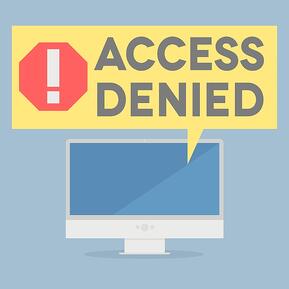
If you're involved in the technological decision-making for a school district, you've undoubtedly become aware of the controversy surrounding “Bring Your Own Device” policies. This is causing waves across all areas of business, but when it comes to school WiFi, there are particular elements at play that make BYOD something of a gamble.
And those 'particular elements' are, of course, your students.
A BYOD-ready WiFi network could bring a lot of benefits to your teachers and other workers, but there are issues involved with the student body that require some thought. Allowing students to use their own electronic devices brings benefits and drawbacks that are often highly complex.

Elements To Consider Before Implementing BYOD for Your School WiFi
1 – Can't we just ban the students?
Let's address the most obvious potential solution: Implement it for the staff, but prohibit your students from using it.
Well, if you've been in education for very long, you're probably already chuckling. There are several clear issues with this:
-
The students will learn the passwords. They just will. Unless you're willing to cycle the password every week -and incur the irritation of your staff- this isn't going to actually work.
-
Bans require policing to be effective. Are your staff really willing to keep constant watch for illicit Internet use, even between classes? (And what about 4G usage?)
-
You will have to deal with endless “Why can't I use my iPhone?” arguments.
-
We're sitting on top of the largest information source in the world, so why not utilize it?
In theory, a district could implement a whitelist of permitted devices – culled from their staff's personal devices – and use that to keep students off the Internet. However, that's also going to a lot of trouble and doesn't avoid many of the other issues.
2 – Are your teachers prepared?
Allowing students to access the school WiFi will require compromise and adjustment on the part of your teaching staff. Teachers will need to look for ways to integrate devices into lessons in a positive manner, to prevent them from being used for disruptive purposes.
As an obvious example -as alluded above- there's really no reason for a teacher to EVER allow “I don't know” to answer a student's question these days. A quick Google search can likely answer 99% of questions that would ever come up in class. A version of “chalkboard races” to see who can find the best online answer to a question can be a highly effective teaching technique.
Either way, it should not be implemented without plenty of input from your staff, since they're the ones who potentially have to deal with 30+ students who are all more interested in Pokemon than in History.
3 – Have well-defined usage policies.
Any district move to BYOD should be accompanied by a thorough and complete set of documentation describing allowed devices, acceptable use, and associated disciplinary actions. These should be read and signed by both parents AND students who wish to participate in the program.
This protects you several ways:
-
You have a clear policy which can be referred to when disputes or 'edge cases' arise.
-
No signatures means no device. No one gets onto the network without agreeing to your usage policies.
-
Parents cannot plausibly claim ignorance of policies, which is always a popular excuse for trying to get their kids out of trouble.
-
Define “down time” policies, clarifying when\how fast-working students can use their devices while waiting for slower students to finish up. Remember, if your students can distract themselves from boredom, they're less likely to distract others.
A well-implemented and enforced usage policy will be one of your best tools in ensuring the adoption goes well.
Is It Time For BYOD?
Robust WiFi networks are quick and simple to set up. If it's time for a move to BYOD at your district, contact Hummingbird Networks for more advice on the best policies!











